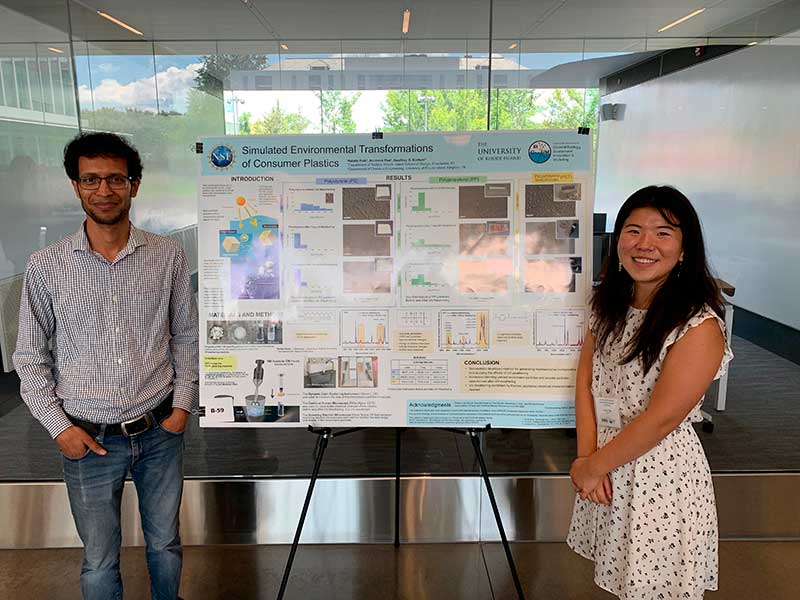
Geoff Bothun, professor of Chemical Engineering and his team were awarded $423k National Science Foundation’s Chemical, Bioengineering, Environmental and Transport Systems grant for the project
“The concentration of small plastic particles in the sea surface microlayer can be much higher than in the underlying water. This is due in part to the transformation of the particles as naturally occurring molecules adsorb onto their surfaces and make them more prone to reside near the air/water interface. There is a significant amount of life that resides near or within the sea surface microlayer and it’s really important that we understand the factors that cause particles to accumulate there,” explains Bothun
Accumulation and transformation of micro- and nano-plastics within the sea surface microlayer. A critical natural component of oceans and a point of initial exposure to plastic pollution are sea surface microlayers, which are ubiquitous globally and are comprised of natural molecules, particulate matter, and microorganisms.
These microlayers act as an “ocean skin” that influences the exchange of mass and heat between the seawater and the atmosphere. They are also a site of microplastic and nanoplastic accumulation. This project will study how microplastics and nanoplastics interact with model sea surface microlayers, how these interactions cause them to accumulate and transform at the sea surface, and to what extent microplastics and nanoplastics will alter the properties of sea surface microlayers.
The goal is to provide fundamental insight into interfacial and colloidal properties leading to microplastic and nanoplastic accumulation that can contribute broadly to determining environmental risks of plastic pollution and to devising strategies for remediation.

